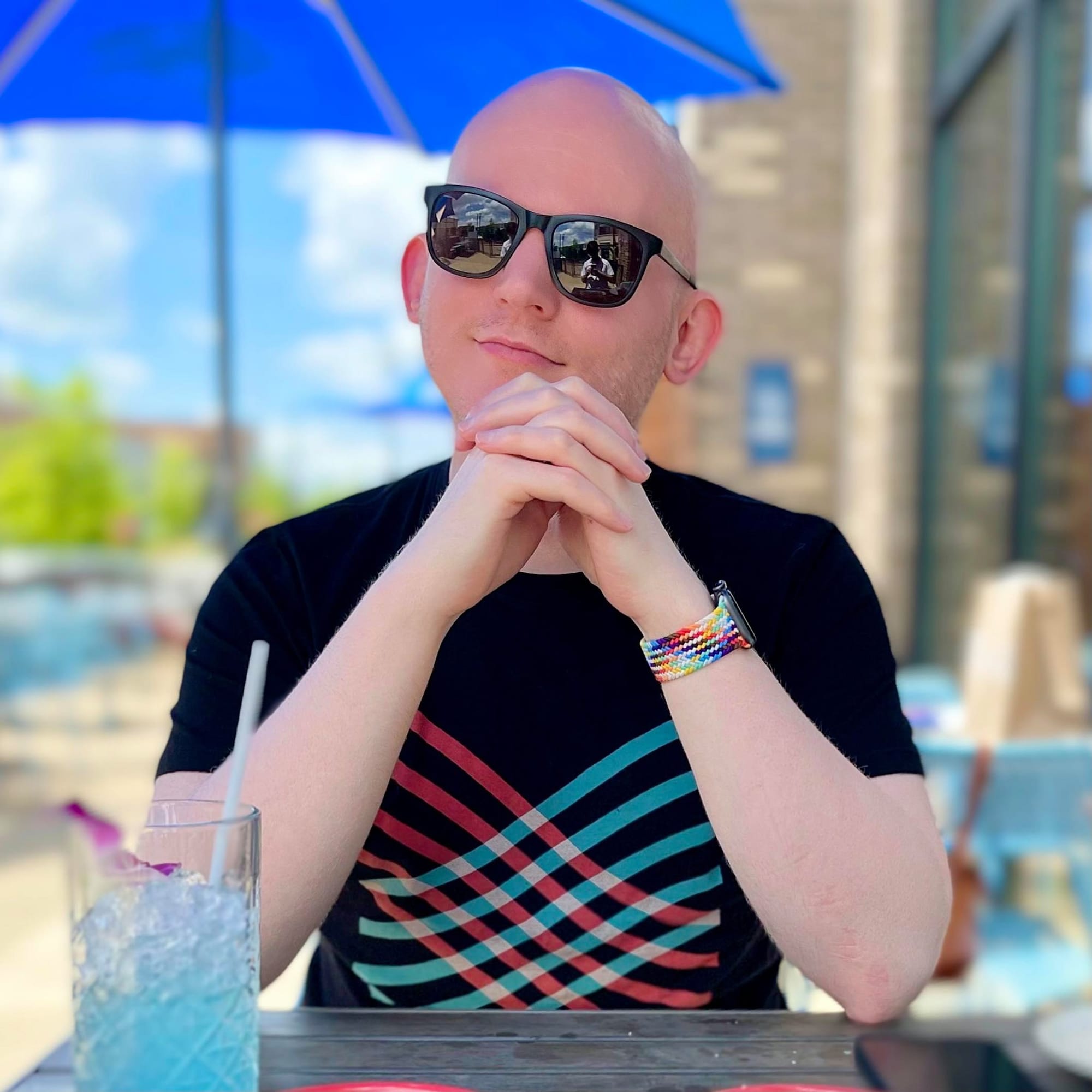Better Living Through Compromise
Why the right tradeoffs make life, design, and decision-making better—not worse.

There’s a strange idea floating around today: that compromise is failure. That if something isn’t “perfect,” it isn’t worth doing. That if you make tradeoffs, you’re somehow weak.
But this is nonsense. Compromise is life. Compromise is design. Compromise is how things actually get done.
The Stoics knew this. Marcus Aurelius, who ruled Rome at the height of its power, didn’t have the luxury of making “perfect” choices. He had to make the right ones. He had to weigh the cost of war, the limits of resources, the tensions of power. He had to choose. Because the alternative—demanding the impossible—wasn’t wisdom. It was a delusion.
“You have power over your mind—not outside events. Realize this, and you will find strength.”
—Marcus Aurelius
Compromise is recognizing this reality. It’s accepting that tradeoffs are unavoidable. It’s about making the smartest, most intentional decisions you can with the information you have.
The Myth of “No Compromises”
You see this everywhere—brands boasting that their product has “no compromises.” That it’s “uncompromising” in quality, in performance, in innovation.
But let’s be honest: that’s marketing, not reality. Everything has tradeoffs. A sports car is fast, but it’s not great for grocery runs. A minimalist phone is beautiful, but maybe it lacks some features. Even the best-designed chair has to balance comfort with durability, cost with aesthetics.
To say something has “no compromises” is to say nothing at all.
Seneca reminds us, “We suffer more in imagination than in reality.” The fear of compromise is often worse than the compromise itself. We imagine that if we accept one weakness in favor of a strength, the whole thing falls apart. But what actually happens? We make something better by deciding what matters most.
Tradeoffs Make Things Great
A more honest word for compromise is tradeoff.
Tradeoffs define good design. Great products—great anything, really—are opinionated. They know what they are and what they aren’t. A great book doesn’t try to be a movie. A great restaurant doesn’t serve everything. A great athlete isn’t training to be good at every sport.
In essentialism, we talk about less, but better. The point isn’t to eliminate tradeoffs, but to choose them intentionally. To embrace them.
“If you seek tranquility, do less.”
—Marcus Aurelius
That’s not about laziness. It’s about focus. Doing less, but better means deciding where to put your energy. It means saying no to distractions so you can say yes to what matters.
Design works the same way. Trying to appeal to everyone? You end up appealing to no one. Adding every possible feature? You make something bloated and unusable.
The best things—whether products, businesses, or lives—are built on clear, conscious tradeoffs.
Own Your Compromises
The worst thing you can do is pretend you haven’t made any compromises.
Trying to be “everything to everyone” is the biggest compromise of all. It means you’ve chosen mediocrity over excellence. You’ve traded clarity for confusion.
A good decision isn’t one without tradeoffs. It’s one where the tradeoffs are worth it.
In The Obstacle Is the Way, we talk about turning adversity into an advantage. A good tradeoff does the same thing—it embraces a weakness on purpose to strengthen something else.
The best products, the best companies, the best people—they’re all shaped by the tradeoffs they choose to accept.
And so are you.
Compromise Is Not a Weakness—It’s Strength
Good design is opinionated. Good leadership is opinionated. Good living is opinionated.
You will have to compromise. That’s not up for debate. What is up to you is whether you do it intentionally, wisely, and with a clear purpose.
So don’t fear compromise. Fear bad compromise. Fear the kind that makes you weak, diluted, and unfocused. But the right compromise? The smart tradeoff? The one that makes something better?
That’s not weakness.
That’s wisdom.





